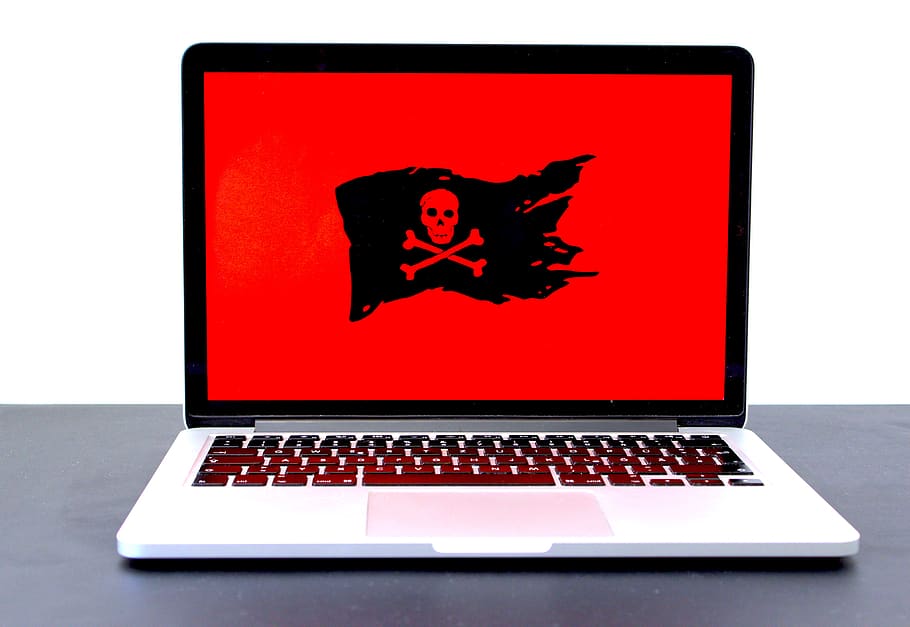Featured
SA cybersecurity ranking revealed
A new study of 60 countries shows that South Africa falls outside the top half of the worst-ranking nations, but ranks low in legislation. PAUL BISCHOFF reports for Comparitech.
Share
- Click to share on X (Opens in new window) X
- Click to share on Facebook (Opens in new window) Facebook
- Click to share on LinkedIn (Opens in new window) LinkedIn
- Click to email a link to a friend (Opens in new window) Email
- Click to share on Reddit (Opens in new window) Reddit
- Click to share on WhatsApp (Opens in new window) WhatsApp
- Click to share on Pinterest (Opens in new window) Pinterest
What’s changed over the last year?
Please note: the 16 new countries added this year (Bosnia & Herzegovina, Chile, Estonia, Finland, Jordan, Kazakhstan, Kyrgyzstan, Lithuania, Moldova, Norway, Oman, Serbia, Switzerland, Syria, Tajikistan, and Turkmenistan) aren’t included in the above chart due to their omission in 2019.
As we can see from the above chart, most countries’ scores have improved from last year – some more than others. Indonesia’s score improves dramatically, going from 54.89 last year to 31.33 this year, with quite a few European countries also noticing significant improvements, too (e.g. Ukraine, Germany, Portugal, Bulgaria, and Croatia).
Only the United States, Brazil, Japan, France, Iran, and Singapore who have worse scores than the previous year. While there is only a slight difference in all cases, as we have seen with the US, it is enough to contribute to quite a drop in rankings due to the improvements from many other countries.
What can we take away from these findings?
It is encouraging to see that most countries have improved overall. No country dominates every category, so every country still has room for improvement. Whether they need to strengthen cybersecurity legislation or users need better protection on their computers and smartphones, there’s still a long way to go.
Plus, as the landscape of cybersecurity constantly changes (cryptominers are growing in prevalence, for example), countries need to try and get one step ahead of cybercriminals.
Our methodology: how did we find the countries with the worst cybersecurity?
We considered seven criteria, each of which had equal weight in our overall score. These were:
- The percentage of mobiles infected with malware – software designed to gain unauthorized access to, destroy, or disrupt a device’s system
- The percentage of computers infected with malware – software designed to gain unauthorized access to, destroy, or disrupt a computer’s system
- The number of financial malware attacks – malicious programs created to steal a user’s money from the bank account on their computer system
- The percentage of all telnet attacks by originating country (based on the number of unique IP addresses of devices used in the attacks) – a technique used by cybercriminals to get people to download a variety of malware types
- The percentage of users attacked by cryptominers – software that’s developed to take over a user’s computer and use its resources to mine currency (without the user’s permission)
- The best-prepared countries for cyberattacks
- The countries with the most up-to-date legislation
Apart from the latter two, all of the scores were based on the percentage of users attacked during Q3 of 2019. The best-prepared countries for cyberattacks were scored using the Global Cybersecurity Index (GCI) scores. The most up-to-date legislation was scored based on existing legislation (and drafts) that covered seven categories (national strategy, military, content, privacy, critical infrastructure, commerce, and crime). Countries received a point for having legislation in a category or half a point for a draft.
For each criterion, the country was given a point based on where it ranked between the highest-ranking and lowest-ranking countries. Countries with the least cyber-secure scores were given 100 points, while countries with the most cyber-secure scores were allocated zero points. All of the countries in between these two scores received a score on a percentile basis, depending on where they ranked.
The total score was achieved by averaging each country’s score across the seven categories.
All of the data used to create this ranking system is the latest available, and we have only included countries where we could cover all of the data points.
Sources:
https://www.itu.int/dms_pub/itu-d/opb/str/D-STR-GCI.01-2018-PDF-E.pdf
Share
- Click to share on X (Opens in new window) X
- Click to share on Facebook (Opens in new window) Facebook
- Click to share on LinkedIn (Opens in new window) LinkedIn
- Click to email a link to a friend (Opens in new window) Email
- Click to share on Reddit (Opens in new window) Reddit
- Click to share on WhatsApp (Opens in new window) WhatsApp
- Click to share on Pinterest (Opens in new window) Pinterest
| Thank you for Signing Up |


















